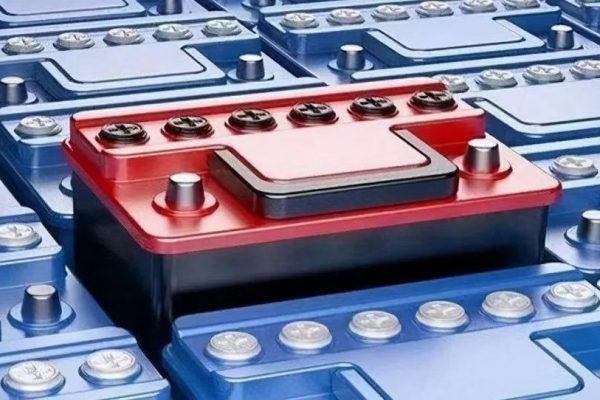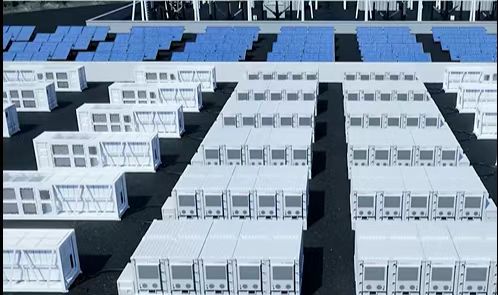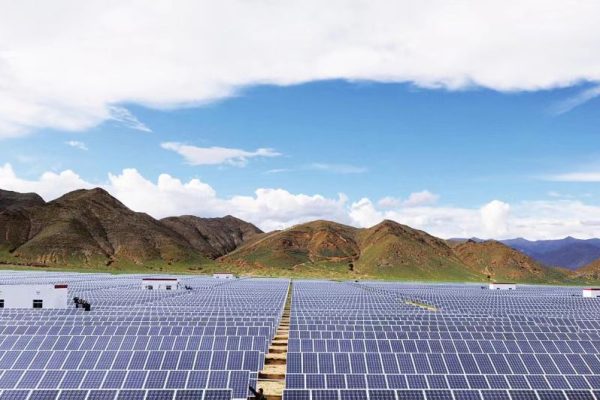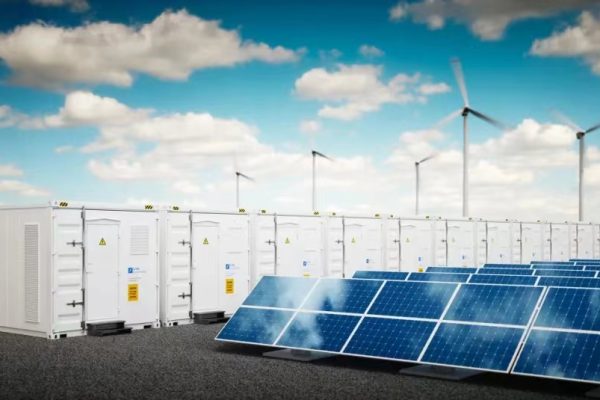A Practical Guide for PV + Storage Buyers
1. Why Accessories Matter More Than You Think
When discussing PV + storage systems, inverters usually get the spotlight. But in many projects, the so-called “minor” items — cables, combiner boxes, and mounting brackets — can cause delays, cost overruns, and performance issues if not sourced carefully.
For small commercial and mid-sized industrial projects, accessories can account for 10–15% of total system cost and have a direct impact on safety, efficiency, and installation speed.
2. The Three Key Categories of Inverter Accessories
a) Cables and Connectors
- Purpose: Carry DC and AC power between PV strings, inverters, and batteries.
- Key Specs to Check:
- Conductor size (mm² or AWG) for current rating
- Insulation type (UV resistance, flame retardant)
- Voltage rating (typically 600V–1500V DC for PV)
- Connector compatibility (MC4, Amphenol, proprietary)
- Tip: Always source cables pre-certified for PV use (IEC 62930 / EN 50618) to avoid regulatory problems.
b) Combiner Boxes
- Purpose: Consolidate multiple PV string outputs into a single DC output to the inverter.
- Key Specs to Check:
- Number of input strings
- Rated voltage and current
- Surge protection devices (SPD)
- Fuses or breakers for each string
- Ingress protection rating (IP65 or higher for outdoor use)
- Tip: Choose boxes with tool-free fuse replacement and clearly labeled wiring to speed up maintenance.
c) Mounting Brackets and Frames
- Purpose: Secure inverters (and sometimes combiner boxes) to walls, poles, or cabinets.
- Key Specs to Check:
- Load capacity based on inverter weight
- Corrosion resistance (hot-dip galvanized steel or anodized aluminum)
- Adjustability for alignment and ventilation space
- Tip: If shipping overseas, flat-pack brackets reduce freight costs by up to 40%.
3. Sourcing Strategies for Quality and Cost Control
- Bundle Accessories with the Inverter Order
- Many inverter OEMs offer matched accessories — reducing compatibility risks.
- Potential for better warranty alignment if everything is from the same supplier.
- Work with Specialized Accessory Manufacturers
- Often lower cost and better customization options.
- Useful when local standards differ from the inverter brand’s default supply.
- Pre-Approve Vendors in Each Category
- Build a shortlist of 2–3 suppliers for each accessory type.
- This avoids urgent last-minute purchases from untested sources.
4. Common Mistakes in Accessory Procurement
- Underestimating lead times for custom-length cables or specialized combiner boxes.
- Mixing incompatible connectors (e.g., MC4 vs. non-MC4 designs).
- Overlooking local code requirements for grounding or surge protection.
- Ordering too little spare stock, leading to costly delays if replacements are needed.
5. How Accessories Affect Project Performance
- Electrical losses – Incorrect cable sizing increases voltage drop and heat.
- Downtime – Poor-quality combiner boxes may fail under surge or moisture ingress.
- Installation efficiency – Pre-cut and pre-labeled cables can save hours of labor.
6. Accessories Are Part of the System, Not an Afterthought
When sourcing for PV + storage projects, accessories deserve the same attention as inverters or batteries.
By specifying standards, vetting suppliers, and bundling wisely, you can:
- Improve safety
- Reduce total installed cost
- Avoid costly site delays
In short — get the small parts right, and the big system works better.









